Canine distemper – a relatively common infectious disease of viral origin caused by a dangerous paramyxovirus Canine distemper. This infection, familiar to many by name, appeared in the second half of the 18th century.

Other existing names are canine distemper or Carr’s disease. It can occur in acute or subacute form and causes severe symptoms. Timely initiation and proper treatment help speed up the recovery stage and save your pet’s life. Otherwise, the “neglected” disease can lead to death.
What is distemper in dogs?
Distemper in dogs is a ubiquitous reality. It is tough to protect your four-legged friend from the penetration of a terrible virus into the body. How do dogs get distemper? This question worries many people and is often asked by veterinarians.

There are only two ways of infection: through the digestive or respiratory tract. The surrounding airspace and any objects the pathogen resides in can be potentially dangerous. A person can “bring” infection into the house on the sole of a shoe. Cats are also carriers of the disease and do not become infected with canine distemper.

Direct contact with a sick representative of the animal world will quickly start the infection process. The four-legged friend behaves as usual the first days after the infection enters the body. On average, the incubation period lasts from several days to three weeks; sometimes, it can last up to three months.

After the latent period has passed, the initial symptoms of the disease appear. An infected animal releases the virus and spreads the infection throughout the entire period of its activation. The pathogen that causes the debilitating disease is present in the animal’s urine and feces, saliva, and air inhaled by the tailed friend.
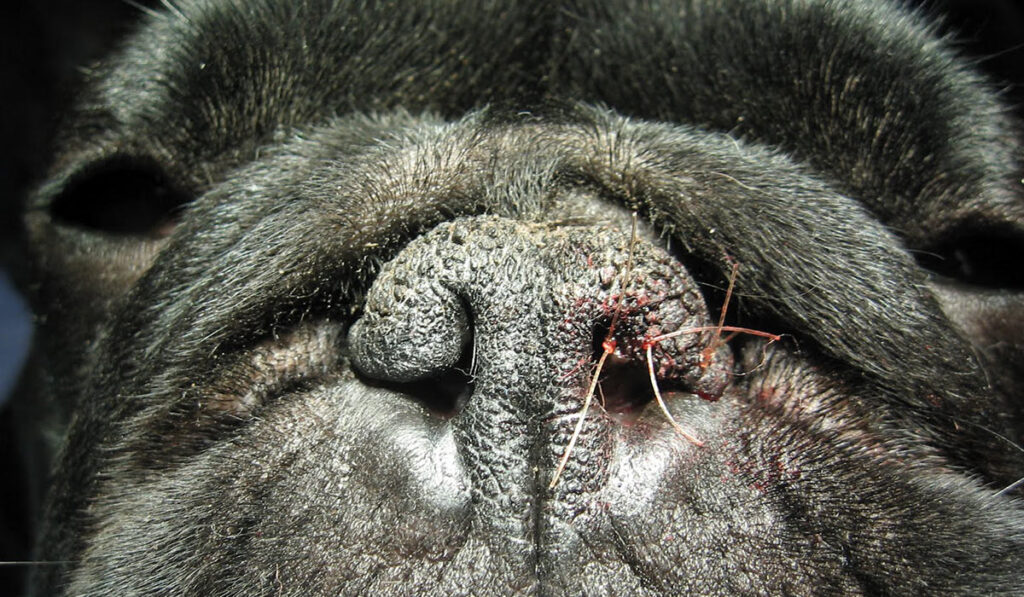
The mucus produced from the eyes and nose also contains a viral infection. The infection can last for a week to two months in a comfortable environment. Half an hour of exposure to a high temperature of about 60 degrees destroys the infection, and when the temperature increases to 100 degrees, the pathogen’s structure is instantly killed.

Distemper in dogs has characteristic symptoms. The onset of the disease can generally be determined and recorded by paying attention to the following points:
- loss of appetite,
- weakness,
- dry nose,
- timidity,
- anxiety,
- swelling, redness of the eyes,
- disturbances in light perception,
- the desire to hide in a dark place,
- disorders in the digestive system.
The symptoms of the disease are expressed individually in each individual. The nature of the manifestation and severity of the main symptoms of Carr’s disease depends on the state of the immune system, daily routine, quality of nutrition, and other factors.

Distemper in dogs manifests itself specifically, regardless of at what age people get sick—our four-legged friends. Irrespective of breed or age, any four-legged pet is susceptible to canine distemper infection. Those at risk include individuals with weakened immune systems, stray dogs, and puppies under one-year-old.
Statistics on four-legged breeds show that Shepherd dogs and Terriers have difficulty with the disease ” easier. Representatives of hunting breeds often suffer from this painful disease since The causative agent of distemper is also found in wild animals that are the objects of their hunt.
Representatives of wild fauna such as foxes, weasels, wolves, and arctic foxes can carry a viral infection.
Forms of distemper in dogs
Science has established five variants of the course of a killer disease. The classification presented below is based on pronounced symptoms relating to specific organs and vital systems of the animal.
Pneumonic distemper in dogs
He has such symptoms, such as fever, refusal to eat, and drinking vast amounts of water. Clear discharge appears from the eyes and nostrils, which can become purulent. The dog can be seen wheezing and breathing faster. The four-legged family member begins to sneeze and cough. The infection affects the respiratory system and descends into the lungs. If treatment is delayed, the disease may develop into purulent pneumonia.
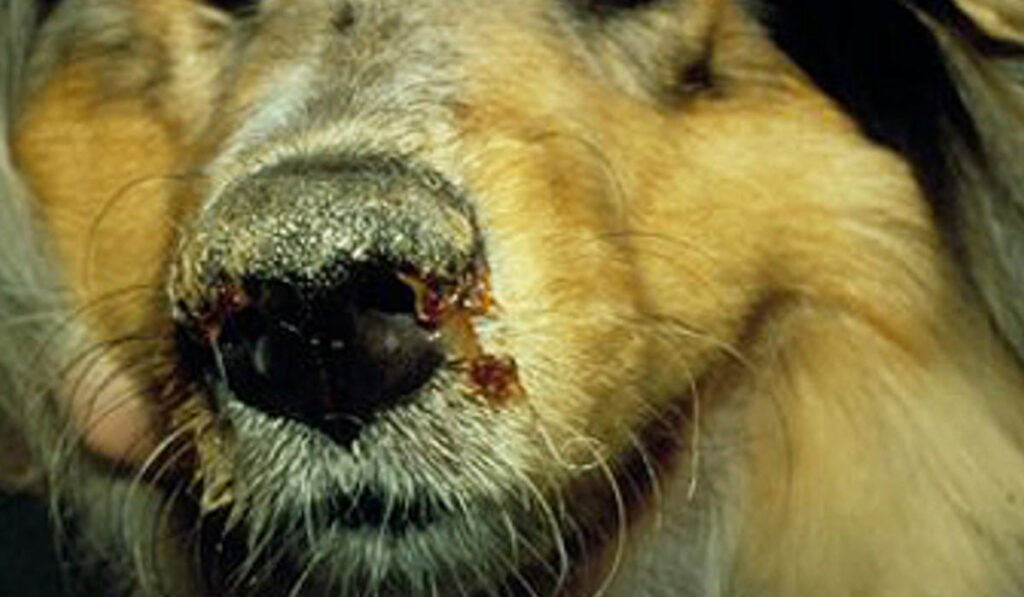
Intestinal form of distemper
Disruptions in the digestive tract characterize them. The tailed comrade refuses food, lethargy, and apathy are observed. A white coating is visible on the tongue. An unpleasant odor comes from the dog’s mouth. Palpation of the abdominal cavity creates painful discomfort for the pet. The liver increases in size. Vomiting and diarrhea inherent in this type of disease are considered the most depressing features of this Carr disease scenario. In the vomit, remains of undigested diet, mucus, and bile of a foamy texture are found.
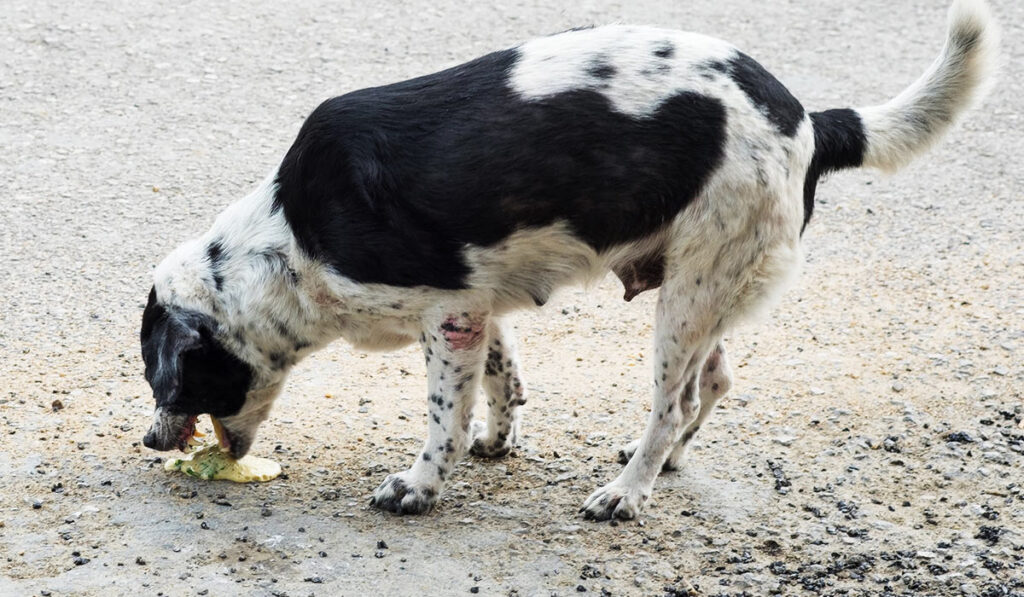
Nervous form of distemper in dogs
Irritability and aggressiveness on the part of the pet are recorded. There are muscle tremors and a constant desire to drink. A significant sign is a lack of coordination of movements and a strange reaction to external stimuli. Apathy can suddenly change to activity, especially at night. The dogs begin to howl, whine, and bark at night.

Paralysis of the hind legs and epilepsy can be added to the above phenomena if effective therapy is delayed. With the nervous development of Carr’s disease, serious complications arise, including meningitis, encephalitis, paralysis, and others. This scenario of the disease most often entails unfavorable prognoses from specialists. The death of a dog with the progression of the nervous form occurs from paralysis of the cardiac and pulmonary muscles.
Cutaneous distemper
It is the simplest type of course of the disease in question. The cutaneous kind of distemper often manifests itself initially, followed by the pulmonary or intestinal variation. The cutaneous form of distemper is characterized by a papillary-pustular rash protruding on the individual’s body. The rashes are localized on the inner thighs, abdomen, ears, near the eyes, and mouth. Subsequently, the bubbles that appear burst, forming brown crusts. Also, with the cutaneous course of Carr’s disease, you may notice swelling of the paws, ears, eyelids, and lips.

Practice demonstrates that most facts of infection of beloved four-legged animals contain identifiers of several of the above-described types of canine distemper. We are talking about a mixed kind of distemper, also called generalized. The latter variety is most often diagnosed in unvaccinated individuals, especially in small puppies under one year old.
Distemper in dogs: what treatment is needed?
Vaccination against distemper for a dog is recognized as a necessary preventive measure. When a puppy reaches three months of age, he is given his first canine distemper vaccination. Also, it is strongly recommended that you vaccinate your dear household once a year.

Canine distemper involves comprehensive treatment. The doctor develops the treatment regimen based on an analysis of the patient’s individual well-being and the general clinical picture.

It is strictly forbidden to heal a tailed family member independently. If there is a suspicion that the dog has distemper, you should immediately consult a doctor who will tell you in detail what to do in each specific situation. Immediately seeking help from a qualified medical professional will shorten the duration of the painful condition, prevent complications from developing, and help save the dog’s life.
The treatment plan includes a set of mandatory procedures aimed at:
- normalization of the gastrointestinal tract and central nervous system:
- elimination of hypoxia,
- avoiding dehydration
- removal of intoxication,
- restore normal functioning of the liver, kidneys, and respiratory system.

Modern pharmaceuticals provide a wide range of high-quality drugs that allow symptomatic treatment. Veterinary medicine also uses methods of specific treatment of Carr disease, including blood transfusions and particular serum administration. Recently, blood transfusions have been practiced exceptionally rarely, and the administration of serum contributes to a positive result in the early stages of disease development.
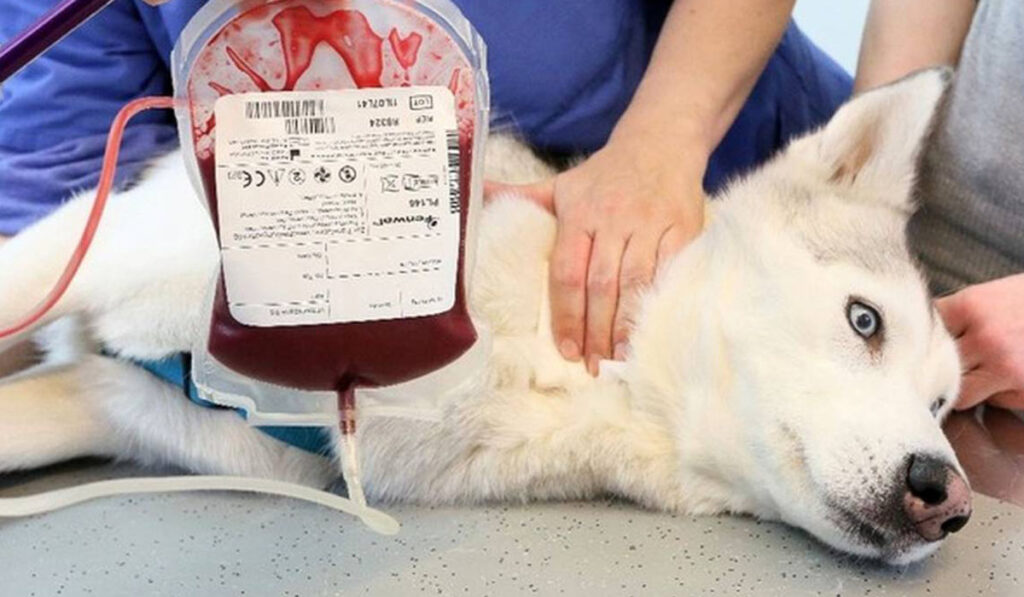
Many owners of four-legged friends are interested in Can a vaccinated dog get distemper? The vaccine does not provide a 100% guarantee against infection, but if a vaccinated dog becomes ill, the illness will be mild. Several reasons explain the ineffectiveness of the vaccination. These include improper transportation or failure to comply with the required storage conditions for the vaccine, performing the procedure on an unhealthy pet, manufacturing defects, and others.
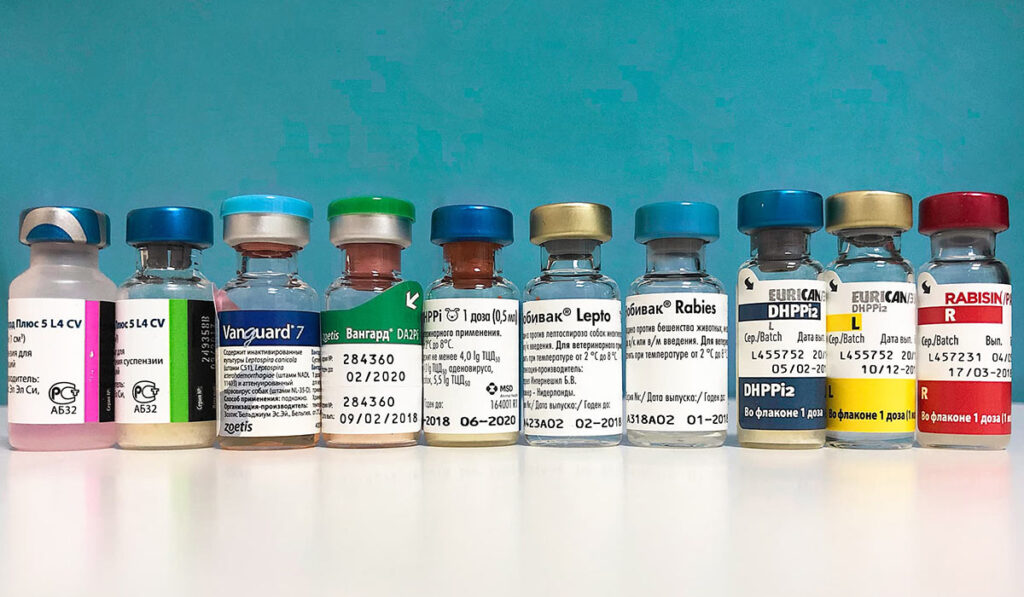
Is canine distemper contagious to humans? The second most popular question is discussed during a consultation with a veterinarian. The owner should not worry about his health if his dog has been diagnosed with canine distemper. Carr’s disease does not pose a threat to people’s well-being.
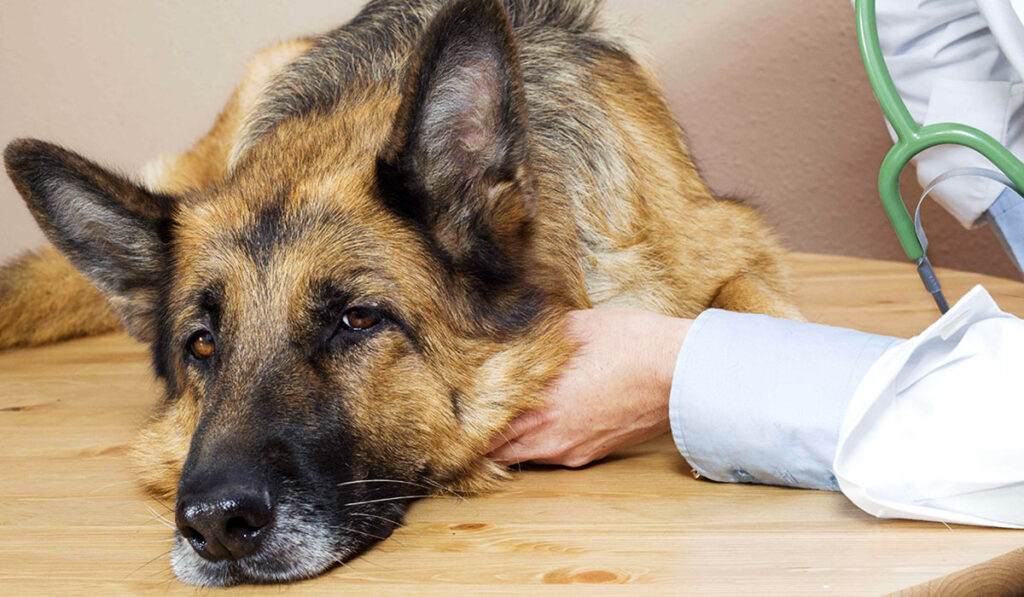
Preventing distemper in dogs implies supporting the animal’s immune system and following simple hygiene rules. The stronger the dog’s immunity, the less likely it is to become infected with any virus. A complete, balanced diet, periodic vitamin supplement intake, and regular walking are considered necessary for keeping a pet, and the above measures have an important preventive effect on many ailments.
Washing paws after walks serves as additional protection for the four-legged dog from infection if the owner and the four-legged friend live in the same living space. While walking, you should exclude your friend from communicating with suspicious fellow animals.
If the dog gets distemper, it should immediately visit a specialized clinic and not waste time on independent experimental healing. Engaging in intuitive self-medication and using folk remedies can cause significant harm to the body of your beloved pet. A visit to the veterinarian will save your four-legged friend’s life and the owner’s peace of mind.





I ve been trying to figure out what my Zeus was sick with, and trying to figure out where and how did he suddenly get sick. I was stranded living way out in the country, no vehicle or way to get any where . Couldn’t even use phone due to bad service. Wasn’t able to really get a diagnosis for him. Being on limited income I couldn’t afford to not get any help. Have pictures can share.